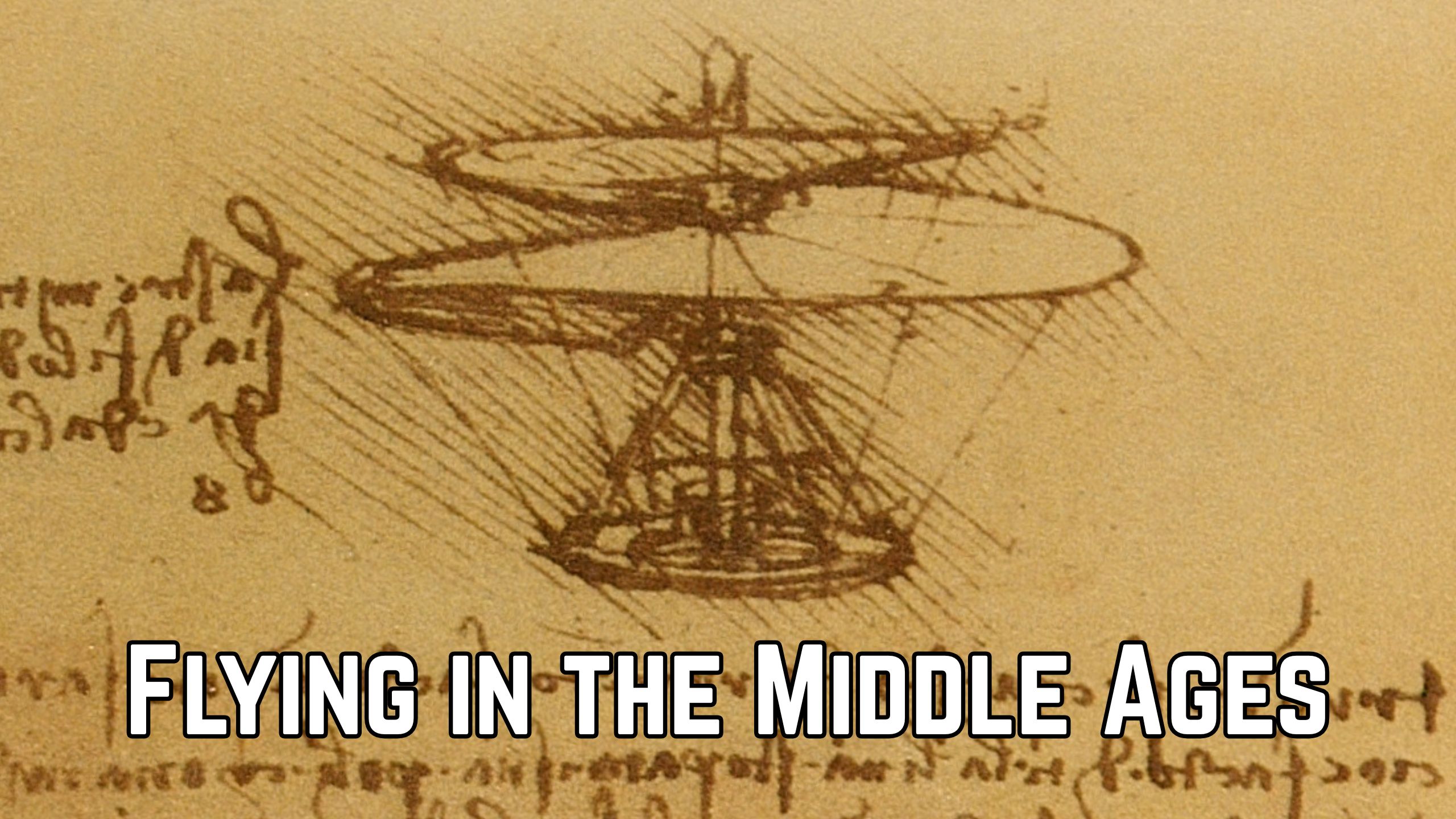
"Among other very curious experiments which he made, one is trying to fly. He covered himself with feathers for the purpose, attached a contraption of wings, and leaped from a height, gliding briefly before crashing to the ground. This remarkable endeavor demonstrates the spirit of invention during the medieval period and reflects a deep fascination with flight that transcends mere myth."
"The Greek myth of Daedalus and Icarus serves as a cautionary tale. When Icarus flies too close to the sun, the wax in his wings melts, leading to his tragic fall. This story encapsulates the allure and danger of human ambition to conquer the skies."
"Tales of Alexander the Great depict his mythical attempts to fly using giant birds or griffins. These legends not only inspired future generations but also symbolized humanity's enduring quest for exploration and transcendence beyond earthly limitations."
"Christian traditions recount the story of Simon Magus, who attempted to fly, only to be thwarted by Saint Peter. This example showcases not only the dreams of flight but also the moral implications associated with such ambitions in medieval culture."
The Middle Ages were characterized by a blend of real and mythical attempts to achieve flight, reflecting a deep human desire to soar above the ground. Notable legends include the tragic story of Icarus from Greek mythology, the cautionary tale of Simon Magus in Christian tradition, and the adventurous flights attributed to Alexander the Great using mythical creatures. Historical figures like 'Abbas ibn Firnas in al-Andalus also sought to mimic birds by creating successful flying devices, showcasing ingenuity and curiosity of medieval inventors in their quest for the sky.
Read at Medievalists.net
Unable to calculate read time
Collection
[
|
...
]